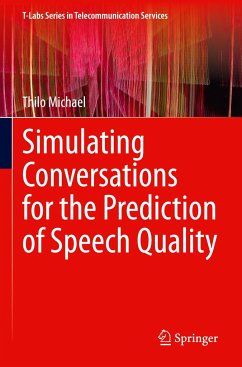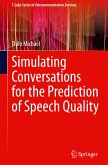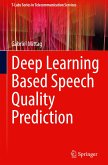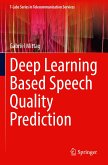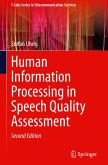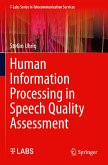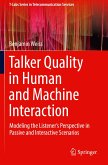This book discusses the simulation of conversations through a novel approach of predicting speech quality based on the interactions of two simulated interlocutors. The author describes the setup of a simulation environment that is capable of simulating human dialogue on the speech level. The impact of delay and bursty packet loss on VoIP conversations is investigated and modeled for the use in the simulation. Based on parameters extracted from simulated conversations, the author proposes extensions to the E-model, a parametric model standardized by the International Telecommunications Union, in order to predict the quality of the simulated conversations. The author shows that predictions based on the simulated conversations outperform models that rely on the transmission parameters alone.
Bitte wählen Sie Ihr Anliegen aus.
Rechnungen
Retourenschein anfordern
Bestellstatus
Storno

